
Saint Alkmund's Church was a Victorian church, which stood in a Georgian square between Bridgegate and Queen Street in Derby; this was the only Georgian square in the city. The church and its yard were demolished in 1968 for construction of a road to improve traffic flow.
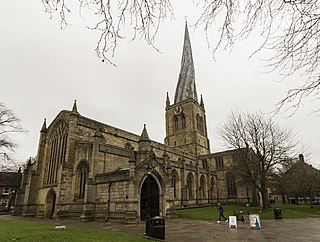
Chesterfield Parish Church is an Anglican church dedicated to Saint Mary and All Saints, in Chesterfield, Derbyshire, England. Building of the church began in 1234 AD, though the present church dates predominantly from the 14th century. Designated a Grade I listed building in 1971, St Mary's is best known for its twisted and leaning spire. It is the largest parish church in the Diocese of Derby, and forms part of the Archdeaconry of Chesterfield. In 1994, it also became the UK's only representative in the Association of the Twisted Spires of Europe; of the 72 member churches, it is deemed to have the greatest lean and twist.

St Peter's in the City is a Church of England parish church in the city of Derby, Derbyshire, England. It is one of Derby's city centre churches which is in full use for worship. The church building dates from the 11th century. The tower has a peal of eight bells, which are rung before the Sunday morning services.

St Werburgh's Church is an Anglican church on Friargate in the city of Derby, England. It is recorded in the National Heritage List for England as a Grade II* listed building. In this church, Samuel Johnson married Elizabeth Porter in 1735.

St. Anne’s Church, Baslow, is a Grade II* listed parish church in Baslow, England.
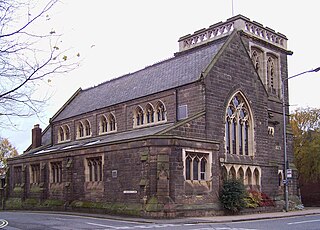
St Michael's Church, Derby is a redundant parish church in the Church of England in Derby.
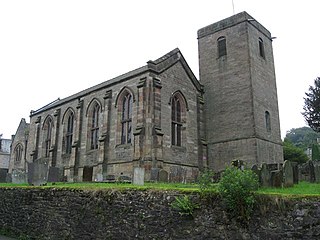
St John the Baptist's Church, Winster is a Grade II listed parish church in the Church of England in Winster, Derbyshire.

St Peter's Church, Edensor, is a Grade I listed church in Edensor, Derbyshire. St Peter's is the closest parish church in the Church of England to Chatsworth House, home of the Dukes of Devonshire, most of whom are buried in the churchyard. St Peter's is in a joint parish with St Anne's Church, Beeley.
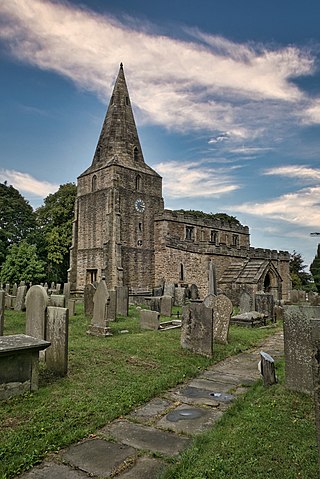
St Peter and St Paul's Church is a Grade I listed parish church in the Church of England in Old Brampton, Brampton, North East Derbyshire.

St Peter's Church, Belper is a Grade II listed parish church in the Church of England in Belper, Derbyshire.

Christ Church is a Grade II listed parish church in the Church of England in Belper, Derbyshire.

Holy Trinity Church, Ashford-in-the-Water is a Grade II listed parish church in the Church of England in Ashford-in-the-Water, Derbyshire.

St Katherine's Church, Rowsley is a Grade II listed parish church in the Church of England in Rowsley, Derbyshire.

St Thomas’ Church, Brampton is a Grade II listed parish church in the Church of England in Brampton, Derbyshire.
St Andrew's Church, London Road was a parish church in the Church of England in Derby, Derbyshire. It was built between 1864 and 1867 and demolished in 1971.
St James The Greater's Church, Derby is a Church of England parish church in Derby, Derbyshire.
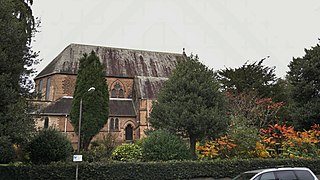
All Saints’ Church, Matlock Bank is a Grade II listed parish church in the Church of England in Matlock, Derbyshire.

Holy Trinity Church, Tansley is a parish church in the Church of England in Tansley, Derbyshire.
Thomas Barker Mellor was an English photographer and organist who worked in Derbyshire from around the mid 1860s to 1913.

St Luke's Church, Heage is a Grade II* listed parish church in the Church of England in Heage, Derbyshire.























